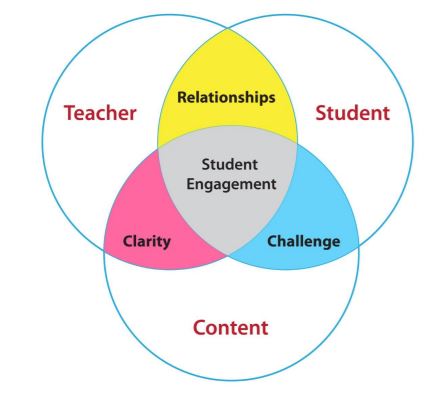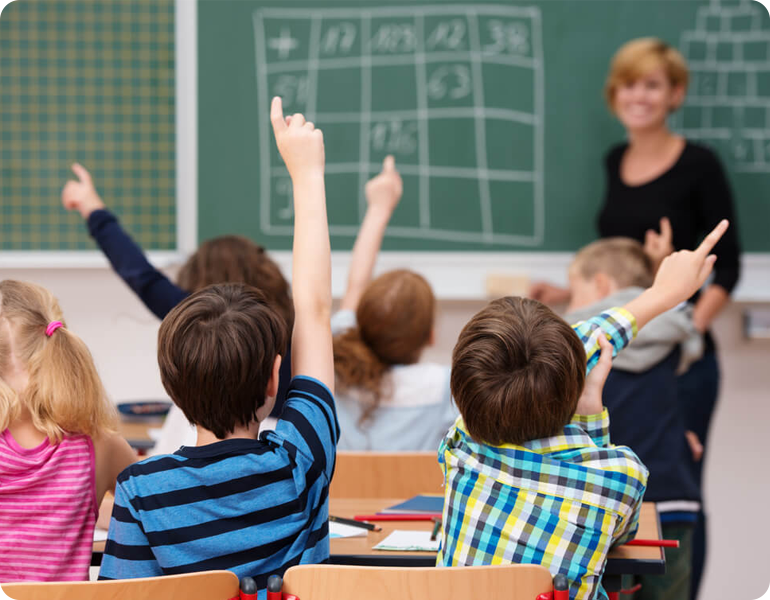The degree to which students think, feel, and actively engage in school plays a crucial role in their academic and life success. As a result, student engagement in learning has become an essential consideration in learning environments and the design of instruction.
Every teacher wants engaged students, on the other hand, no student wants to get bored in class. Yet, there seems to be a difference between the active engagement and participation of students and teachers. The classroom doesn’t seem lively with discussion and activity centered on the day’s learning expectations.
Finding a rhythm where the students progress through relevant and challenging content—isn’t easy. But when the correct teaching technique is implemented in an effective learning environment student engagement can hit through the roof. Understanding engagement—and actively pursuing it—can make all the difference between building a real connection with students and having a classroom that’s simply going through the motions.
Student engagement in the classroom can be understood as originating from the relationships between students and teachers, teacher levels of content and expertise, and how they see the content as relevant to their current interests and future goals.

Similarly, a teacher’s content knowledge can affect the effectiveness of the learning process. The third overlap between the content and the student circle happens when the content is relevant to the students. The content pursued by the teacher should take the child from his/her previous knowledge structures and build newer bridges of understanding. A student is engaged when he/she feels challenged. The kind of tasks that we are talking about here challenges the student to move out of his/her comfort zone and strive to do well.
Thus, it can be seen that optimal student learning and engagement are only possible when all three conditions are satisfied:
- The teacher understands the content thoroughly and can effectively communicate with students having clarity.
- The teacher knows the previous level of knowledge of the student and pursues tasks that challenge the students, enhancing the child’s thinking ability.
- There is a positive and robust relationship between a student and a teacher, creating a positive environment.
Engagement is about creating an environment in which all students thrive. Dreaming about tomorrow must be in balance with taking action today. A teacher can provide an optimal learning environment by creating a safe and inclusive environment. It would be correct to say that student engagement is directly proportional to effective learning and a classroom environment where the students are curious, interested, and inspired.
